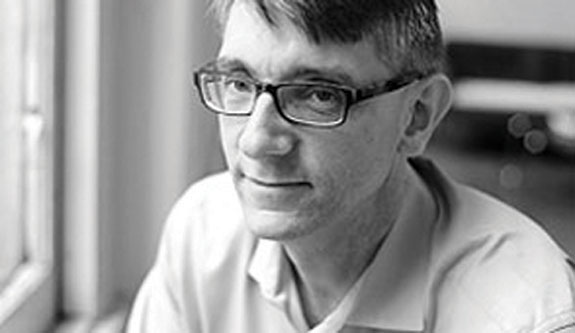
Some careers in strategic design are made and others evolve.
Richard Tyson exemplifies the latter case—always forward, never straight.
By Qortni Williams
Issue 9 Fall 2011
In his current life, he is the founder and strategic impetus behind the Helsinki Group—a small, collaborative strategy practice in New York City designed to help leaders in the public and private sector thrive on disruptive change. Helsinki Group helps organizations realize innovation programs that accelerate organizational learning—building capacity, improving resilience, and creating new value. He has spent the last year humbled by working on innovation and transformation programs for US public education system, the United Nations, and on a US government project to think through the application of communication platforms to accelerate the capacity of an emerging Middle Eastern government.
Before Helsinki Group, Richard helped design growth programs as a strategy lead for innovation firms Doblin, Monitor Group, and Stone Yamashita. He worked with—and learned everything he knows from—cross-disciplinary teams shaping design-led innovation with Fortune 50, NGO, and Government clients. His work in these firms left a lasting impression: as innovation becomes more important and more broadly needed, it gets harder to maintain. Divergent and open practices like design planning become much more vital.
Richard spent his formative career working as a strategist, designer, and producer for internet leaders like Red Sky and John Borthwicks’ Web Partners. And developed his taste for the conceptual, yet practical art of strategic planning from many years of combined work/study between philosophy, social theory, set building, filmmaking, and documentary. One never starts where one ends up.
Richard recently taught in the Design Futures course for Pratt, helping students imagine the social and economic future of the Garment District.

